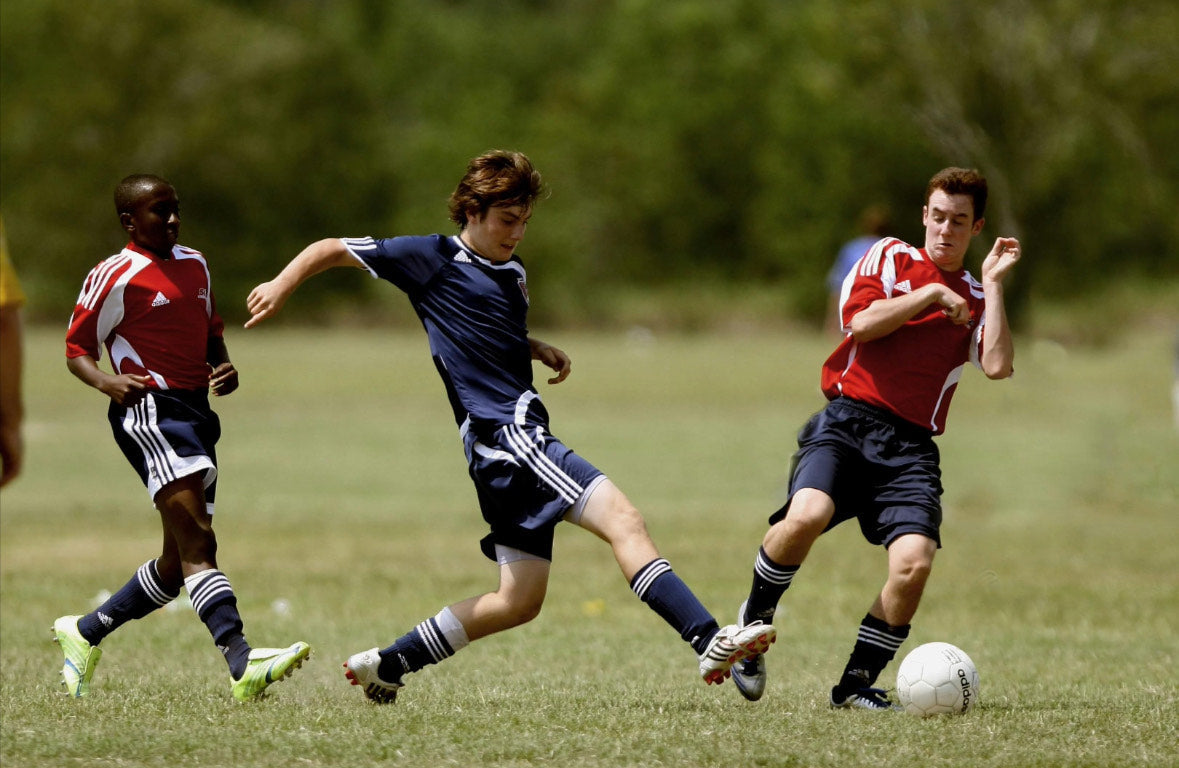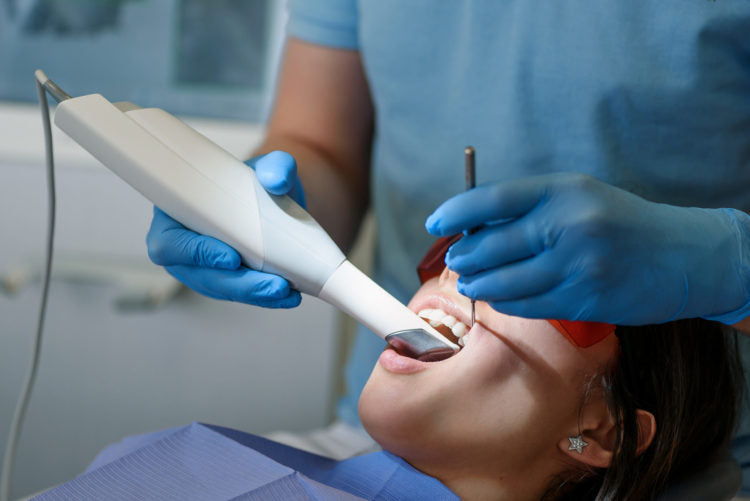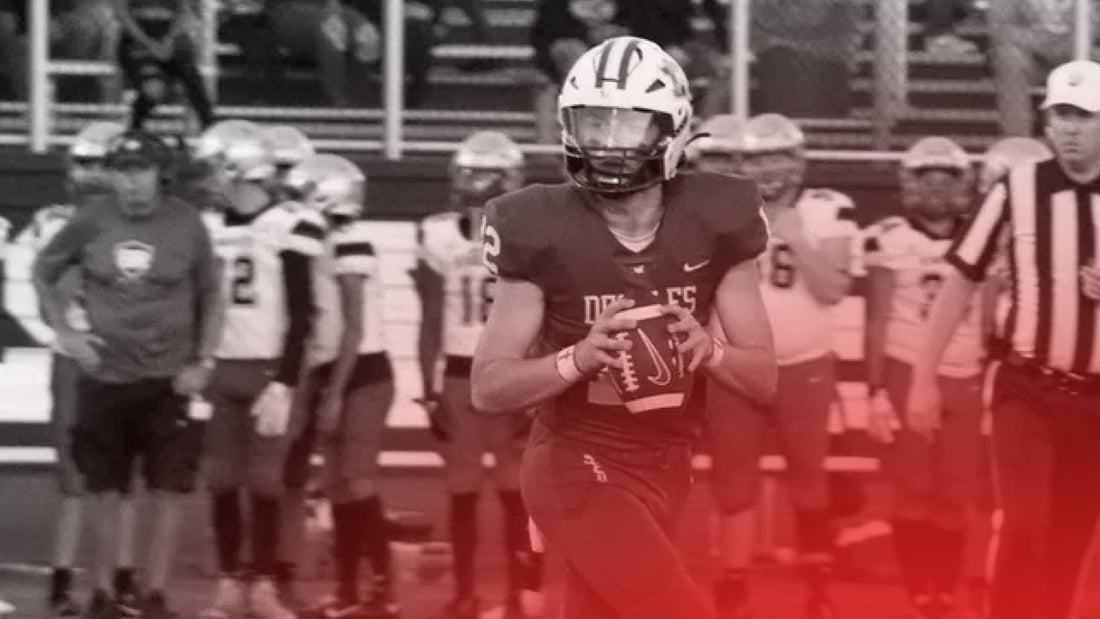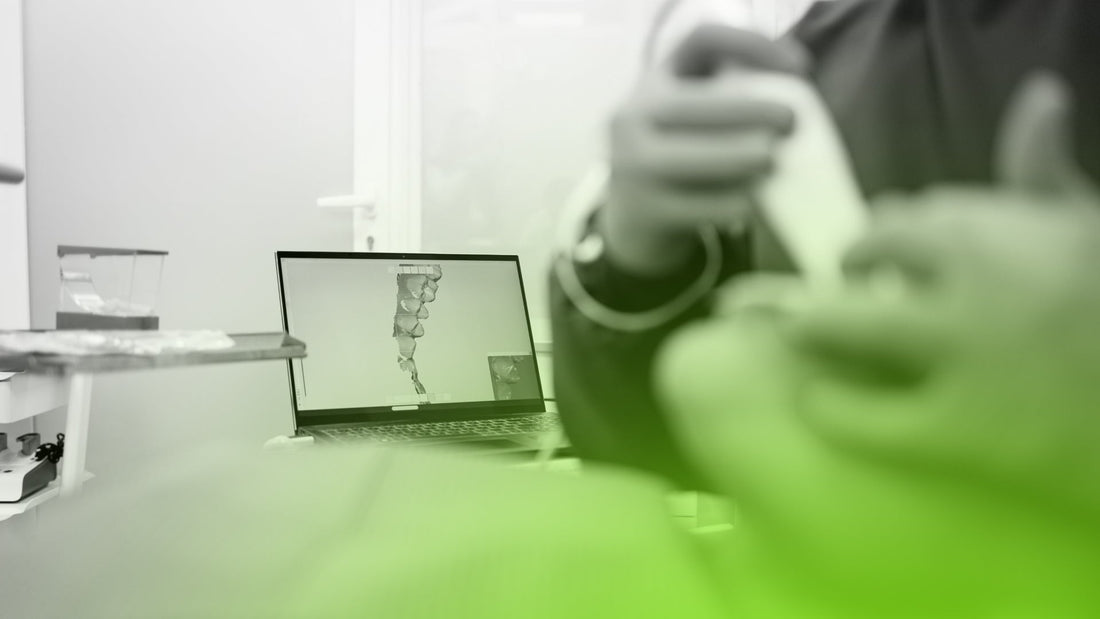A concussion occurs when the brain experiences a sudden jolt or blow to the head, causing it to move rapidly inside the skull and collide with the skull's inner walls, resulting in temporary disruption of brain function; this can happen from a fall, sports impact, car accident, or any other direct hit to the head, even without losing consciousness.
When a concussion occurs, the brain experiences a rapid movement within the skull, much like sloshing water inside a container. This sudden impact causes the brain to hit the skull's inner walls, leading to microscopic damage in the brain cells. This disrupts neural pathways, impairing cognitive functions such as memory, balance, and coordination. The damage can affect how the brain processes information, and repeated concussions can have long-term effects, making it critical to manage and recover from each concussion fully before returning to activities.
A concussion doesn't always require a direct hit to the head. Even if you don't experience an impact to the skull, a forceful blow to another part of the body—such as the torso—can cause the brain to move within the skull. This sudden movement can still lead to the same microscopic damage to brain cells, disrupting brain function. The force transmitted through the body can create enough impact to cause a concussion, highlighting the importance of protecting all areas of the body during sports activities.
Symptoms
Concussion symptoms can vary but typically include headaches, dizziness, and confusion. Many experience memory problems, making it hard to recall events or concentrate. Nausea, sensitivity to light or noise, and difficulty focusing are also common signs. These symptoms can worsen with physical activity, mental exertion, or lack of rest, and may appear immediately or develop hours after the incident. Recognizing these symptoms early is crucial for proper treatment and preventing further damage. Always take concussion symptoms seriously and seek medical attention if they arise.
Common causes of concussions in sports typically involve impacts to the head or body. These can include falls, collisions with other players, or being struck by sports equipment such as a ball or puck. Contact sports like football, soccer, and hockey have a higher risk due to the physical nature of the games. However, concussions can also happen in non-contact activities like cycling or running if there is a sudden jolt or abrupt stop. The key factor is the force exerted on the body, which is transmitted to the brain.
- Sports injuries: Contact sports like football, hockey, soccer, and boxing
- Falls: Especially in young children and older adults
- Car accidents: Sudden deceleration from a collision
- Assaults or fights
- Bike accidents
Concussions are serious injuries that can occur from various causes, including sports, falls, or accidents. Even without direct contact to the head, the force from a blow to the body can transmit enough impact to cause a concussion. Recognizing the symptoms early—such as headaches, dizziness, and confusion—is crucial for proper recovery. Always take the time to fully recover from a concussion before returning to physical activities to avoid long-term damage. Proper safety measures and equipment can help reduce the risk of concussions and keep athletes safe.
Remember, safety first—protect what matters most!



